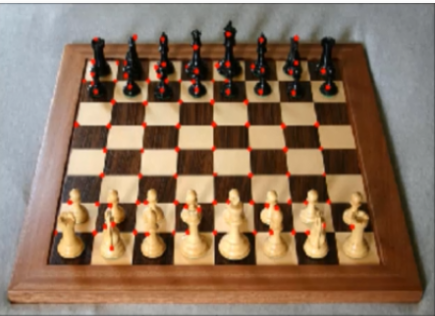Python | Corner Detection with ShiTomasi Corner Detection Method using OpenCV (original) (raw)
Last Updated : 04 Jan, 2023
What is a Corner?
A corner can be interpreted as the junction of two edges (where an edge is a sudden change in image brightness).
Shi-Tomasi Corner Detection –
Shi-Tomasi Corner Detection was published by J.Shi and C.Tomasi in their paper ‘_Good Features to Track_‘. Here the basic intuition is that corners can be detected by looking for significant change in all direction.
We consider a small window on the image then scan the whole image, looking for corners.
Shifting this small window in any direction would result in a large change in appearance, if that particular window happens to be located on a corner.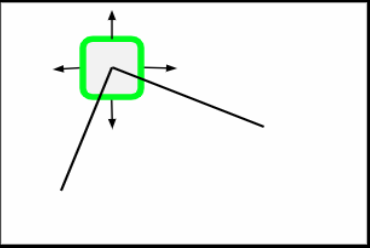
Flat regions will have no change in any direction.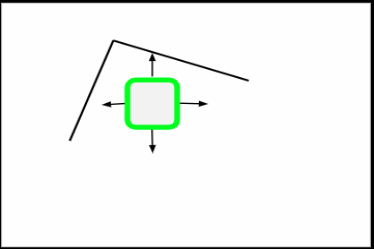
If there’s an edge, then there will be no major change along the edge direction.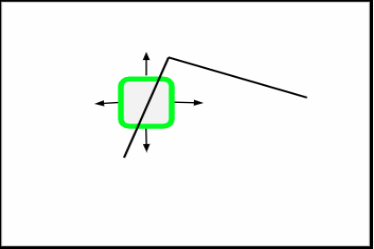
Mathematical Overview –
For a window(W) located at (X, Y) with pixel intensity I(X, Y), formula for Shi-Tomasi Corner Detection is –
f(X, Y) = Σ (I(Xk, Yk) - I(Xk + ΔX, Yk + ΔY))2 where (Xk, Yk) ϵ W
According to the formula:
If we’re scanning the image with a window just as we would with a kernel and we notice that there is an area where there’s a major change no matter in what direction we actually scan, then we have a good intuition that there’s probably a corner there.
Calculation of f(X, Y) will be really slow. Hence, we use Taylor expansion to simplify the scoring function, R.
R = min(λ1, λ2) where λ1, λ2 are eigenvalues of resultant matrix
Using goodFeaturesToTrack() function –
Syntax : cv2.goodFeaturesToTrack(gray_img, maxc, Q, minD)
Parameters :
gray_img – Grayscale image with integral values
maxc – Maximum number of corners we want(give negative value to get all the corners)
Q – Quality level parameter(preferred value=0.01)
maxD – Maximum distance(preferred value=10)
Below is the Python implementation of Shi-Tomasi Corner Detection:
import cv2
import numpy as np
import matplotlib.pyplot as plt
% matplotlib inline
img = cv2.imread( 'chess.png' )
gray_img = cv2.cvtColor(img, cv2.COLOR_BGR2GRAY)
corners = cv2.goodFeaturesToTrack(gray_img, 100 , 0.01 , 10 )
corners = np.int0(corners)
for i in corners:
`` x, y = i.ravel()
`` cv2.circle(img, (x, y), 3 , ( 255 , 0 , 0 ), - 1 )
plt.imshow(img)
if cv2.waitKey( 0 ) & 0xff = = 27 :
`` cv2.destroyAllWindows()
Input :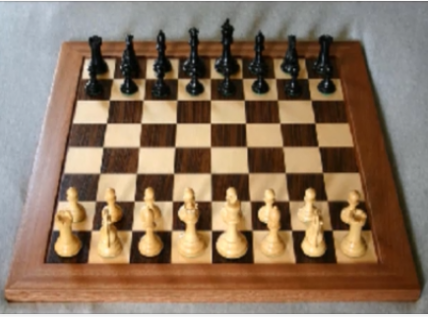
Output :